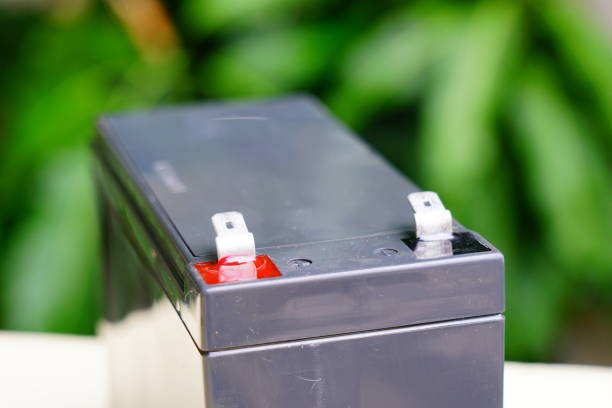Dry batteries are among the most widely used power sources in modern life. From powering small devices like remote controls to critical applications in medical equipment and industrial systems, these batteries are an essential component of our daily routines. This guide explores what dry batteries are, their types, advantages, and applications to help you make informed decisions.
What are Dry Batteries?
Dry batteries are a type of electrochemical cell that convert chemical energy into electrical energy. Unlike wet cell batteries, they use a paste-like electrolyte instead of a liquid, making them leak-resistant and suitable for portable devices.
Types of Dry Batteries
There are several types of dry batteries, each designed for specific uses and performance levels:
1. Alkaline Batteries
- Common Uses: Remote controls, flashlights, toys.
- Features: High energy density, long shelf life, and affordability.
2. Lithium Batteries
- Common Uses: Cameras, medical devices, high-performance electronics.
- Features: Lightweight, high capacity, and excellent performance in extreme temperatures.
3. Zinc-Carbon Batteries
- Common Uses: Clocks, basic household devices.
- Features: Economical and suitable for low-drain devices.
4. Nickel-Cadmium (Ni-Cd) Batteries
- Common Uses: Cordless phones, power tools.
- Features: Rechargeable, durable, but contain toxic materials.
5. Nickel-Metal Hydride (NiMH) Batteries
- Common Uses: Digital cameras, handheld gaming devices.
- Features: Higher capacity than Ni-Cd, environmentally friendly.
6. Button Cell Batteries
- Common Uses: Watches, hearing aids, small medical devices.
- Features: Compact size and long-lasting performance.
Advantages of Dry Batteries
Dry batteries are preferred for many reasons:
- Portability: Compact and lightweight, ideal for portable devices.
- Leak Resistance: The solid or paste electrolyte minimizes leakage risks.
- Versatility: Available in a wide range of sizes and capacities for various applications.
- Low Maintenance: Require minimal upkeep compared to other battery types.
Applications of Dry Batteries
Dry batteries find applications in various sectors:
1. Consumer Electronics
Devices like remote controls, clocks, and toys rely heavily on dry batteries for reliable operation.
2. Medical Equipment
Critical devices such as pacemakers and hearing aids use specialized dry batteries for consistent performance.
3. Industrial Use
Dry batteries are employed in emergency lighting systems, portable instruments, and backup power systems.
4. Automotive Industry
Key fobs, tire pressure monitoring systems, and other automotive components often use dry batteries.
Tips for Choosing the Right Dry Battery
- Consider Device Requirements: Match the battery type to the device’s power needs.
- Check Shelf Life: Choose batteries with a longer shelf life for infrequent use.
- Rechargeable vs Non-Rechargeable: Opt for rechargeable batteries for devices with high power consumption.
- Environmental Impact: Select eco-friendly options to reduce environmental harm.
Conclusion
Dry batteries are an indispensable power source for various devices and applications. Understanding their types, features, and uses can help you choose the best option for your needs. Whether you’re looking for long-lasting performance in high-drain devices or economical options for everyday items, there’s a dry battery to meet every requirement. Make the switch to reliable power today and keep your devices running smoothly.



